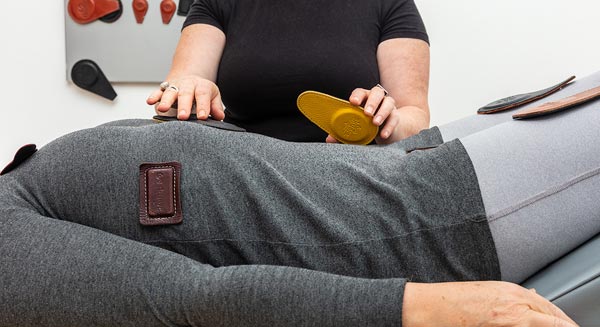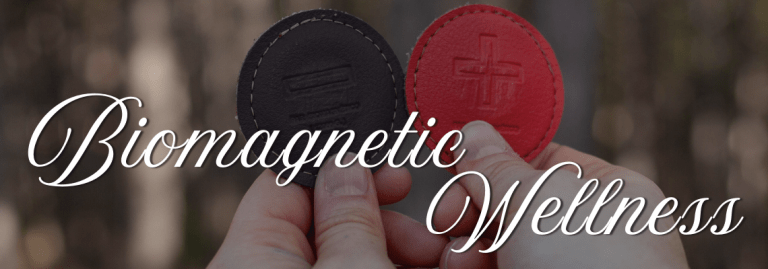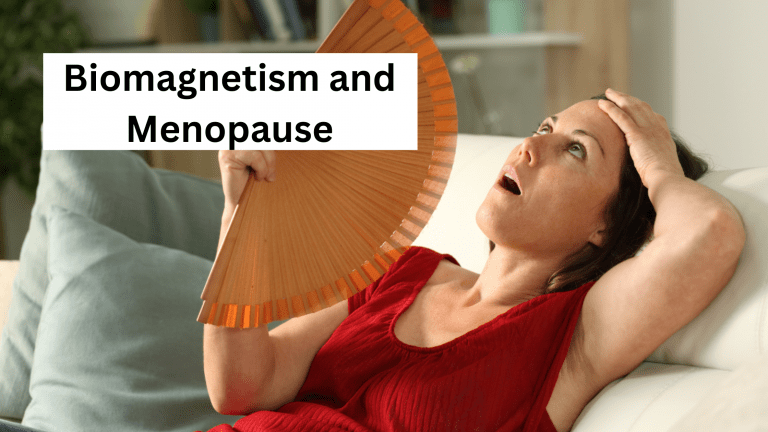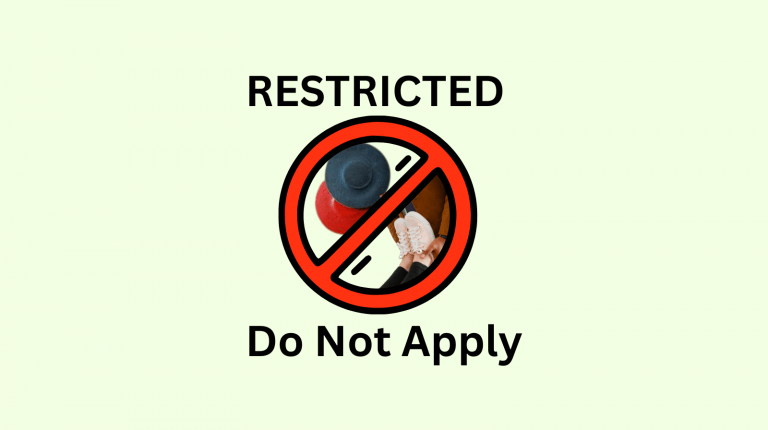Clearing up confusion so you can explore this safe, natural therapy with confidence.
Biomagnetic Pair Therapy has helped thousands of people explore alternative healing and take a more active role in their wellness journey. But like many alternative therapies, it’s surrounded by misunderstandings, skepticism, and misinformation—especially online.
In this post, we’ll break down five of the most common myths about Biomagnetic Therapy and share what’s actually true, based on practitioner experience, global use, and clinical observation.
Myth 1: “Biomagnetic Therapy is Just Placebo”
Truth: While the placebo effect plays a role in all healing modalities, biomagnetic therapy is more than belief—it is a structured system based on pH regulation and bioenergetic balance.
Developed by Dr. Isaac Goiz Durán in 1988, the method uses strategic placement of magnets in pairs to rebalance distorted pH levels and create conditions that are less hospitable to pathogens. Thousands of practitioners worldwide report measurable shifts in symptoms, test results, and client energy post-session, even when the client is unaware of which pairs are being used.
Is it fully understood by mainstream science? Not yet. But there is a growing body of case studies, practitioner reports, and research being compiled globally.
Myth 2: “Magnets Are Dangerous or Can Harm Your Organs”
Truth: The magnets used in biomagnetic therapy are typically medium strength and safe for surface use on the body.
When used properly by a trained practitioner, ceramic or neodymium magnets are non-invasive, drug-free, and non-electrical. They do not emit energy like EMF devices and are not designed to stimulate or manipulate tissue in the same way as TENS units or PEMF machines.
That said, magnet therapy is not recommended for people with pacemakers, insulin pumps, or metal implants without medical clearance. Safety guidelines should always be followed.
Myth 3: “There’s No Scientific Basis for This”
Truth: The foundation of Biomagnetic Pair Therapy rests on the theory that pH imbalance is linked to microbial activity and chronic dysfunction in the body—a concept supported by conventional science, even if the therapy itself is still considered experimental.
While BMP’s placement methodology is unique, it draws on well-established scientific concepts:
The body is electrochemical
Pathogens thrive in specific pH environments
Magnetic fields can influence ionic movement in tissue
Several independent research initiatives and practitioners have begun documenting results, and more research is emerging every year—especially from Latin America and Europe.
Myth 4: “You Need to Be a Doctor to Practice It”
Truth: Many certified Biomagnetic Pair practitioners are not medical doctors and the therapy is often taught as a complementary wellness practice, not a replacement for medical care.
Training programs exist for therapists, wellness coaches, energy healers, and even parents who want to support their families naturally. With the right training, certification, and ethical boundaries, anyone can learn how to apply magnets correctly and safely.
The key is staying within your scope of practice and never diagnosing or treating diseases outside of professional licensing laws.
Myth 5: “It Doesn’t Work If You Can’t Feel It”
Truth: Many people report no physical sensation during a Biomagnetic pair session and still experience results afterward.
Unlike massage or acupuncture, Biomagnetic Therapy works on bioenergetic and pH balancing levels, which may not produce a noticeable feeling during the session. However, clients often report shifts hours or days later, including:
Increased energy
Better digestion
Emotional release
Relief from specific symptoms
Lack of sensation doesn’t mean lack of effect. Every body responds differently and many results are subtle but cumulative.
Final Thoughts
Biomagnetic Therapy isn’t magic. It’s not a cure-all. And it’s not meant to replace your doctor. But for those who are open to exploring natural, low-risk options for chronic issues, it can be a powerful tool.
Understanding the truth behind the myths helps you approach it with confidence, clarity, and curiosity.
Want to learn more?
Visit our Tools & Resources page for free guides, printable symptom trackers, and more.
And if you’re just getting started, check out:
What Is Biomagnetic Pair Therapy? A Beginner’s Guide




